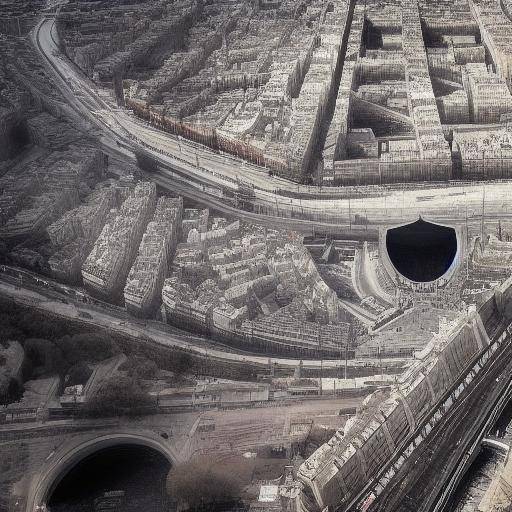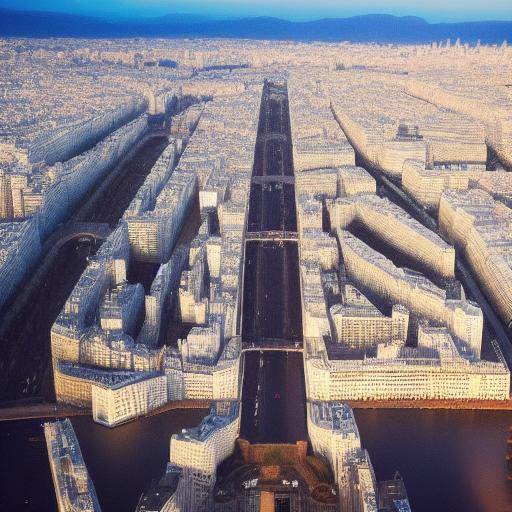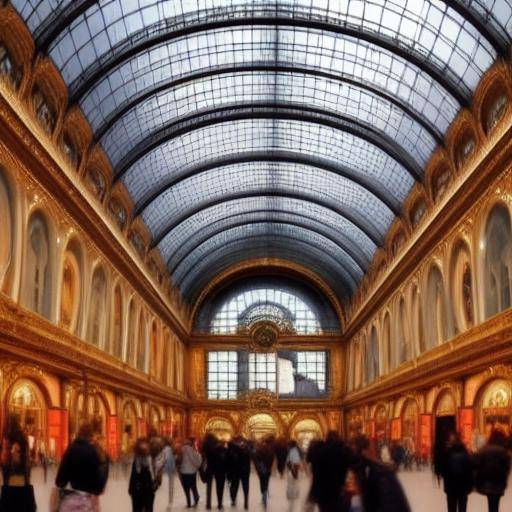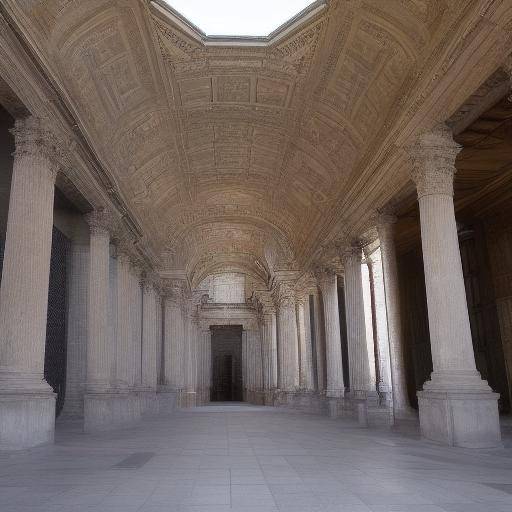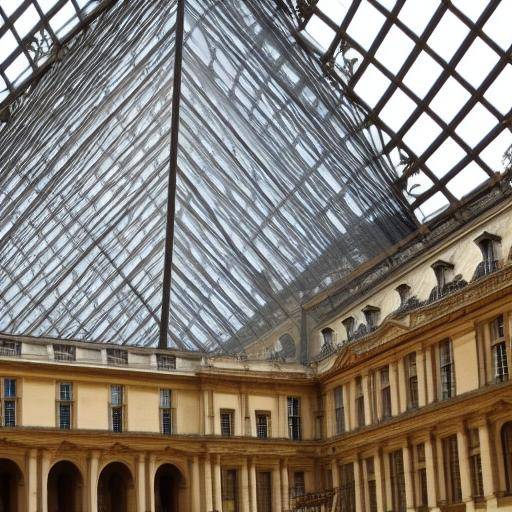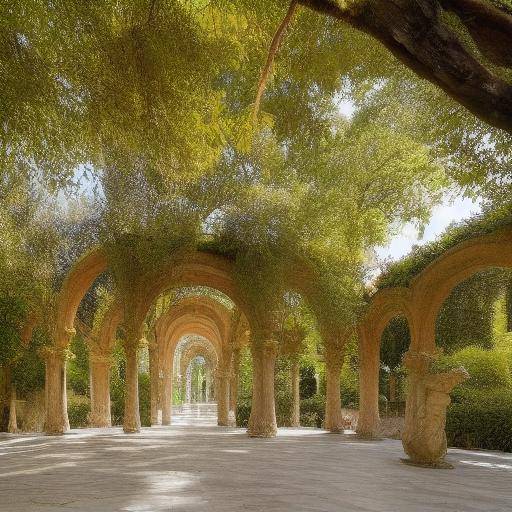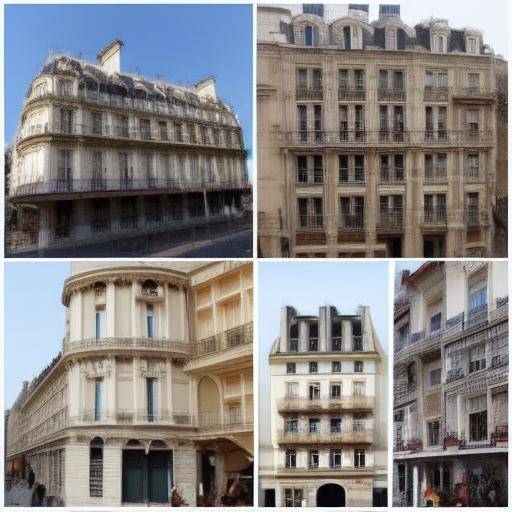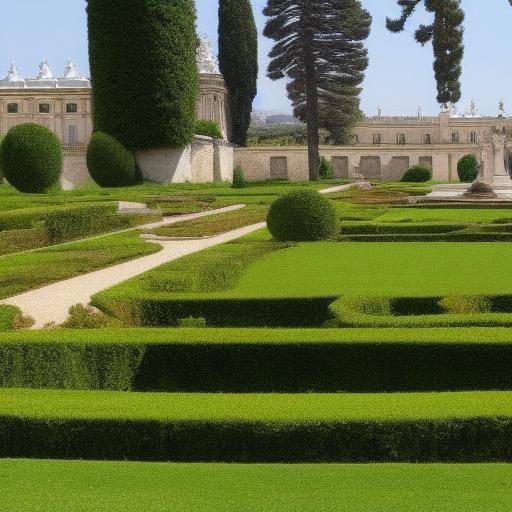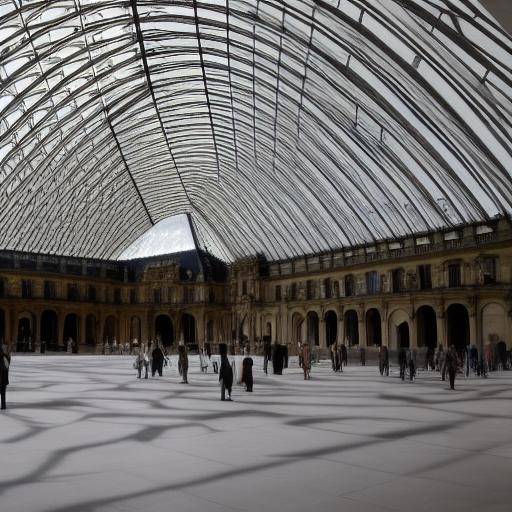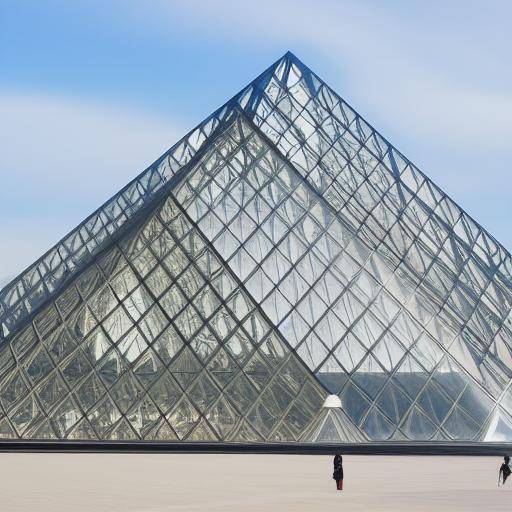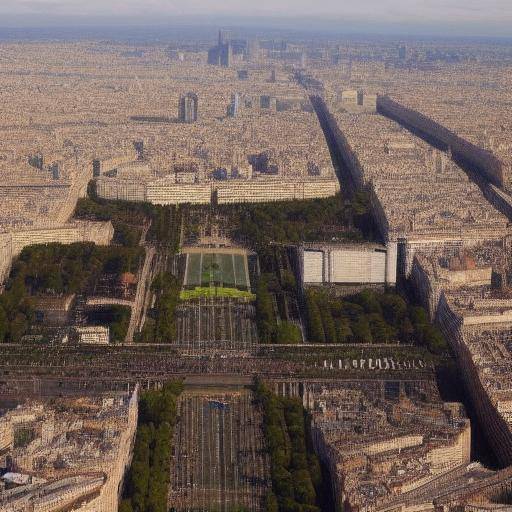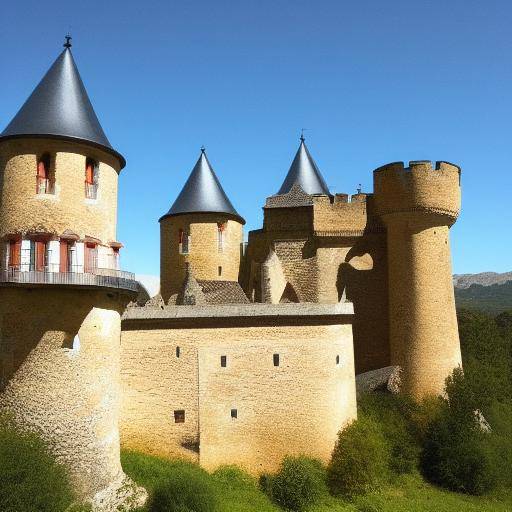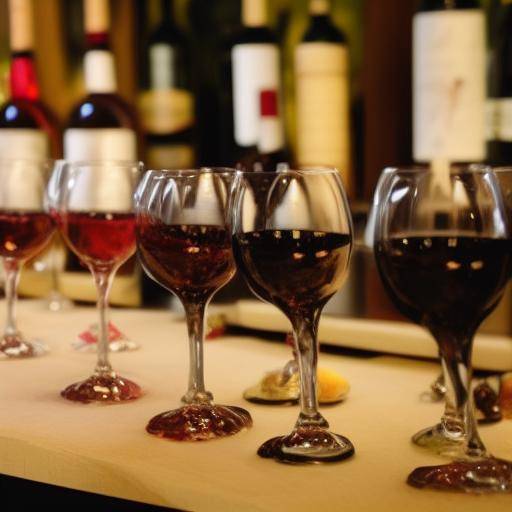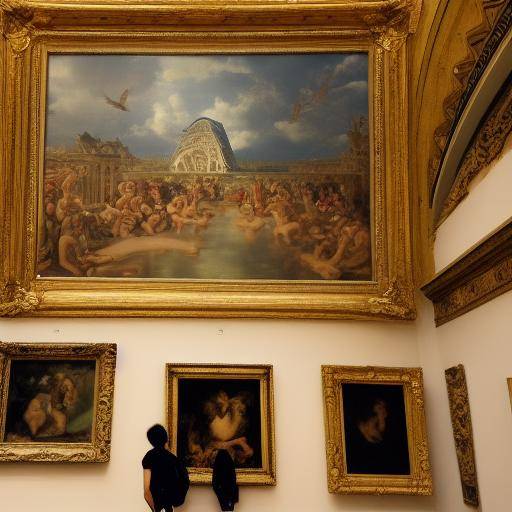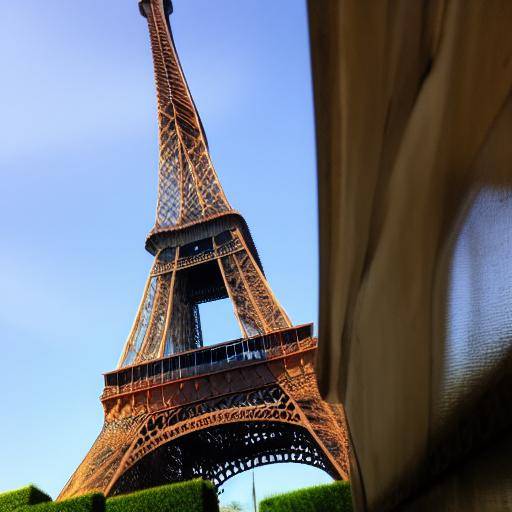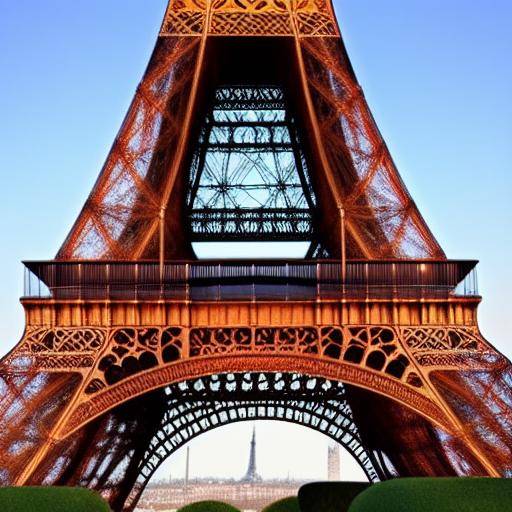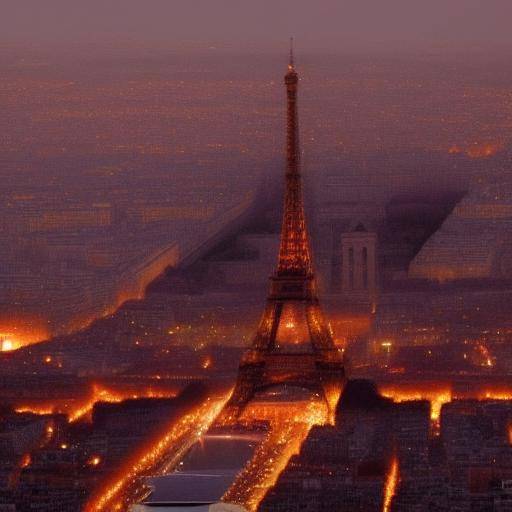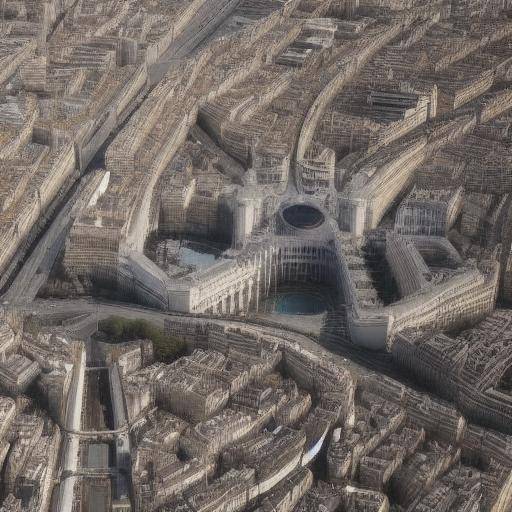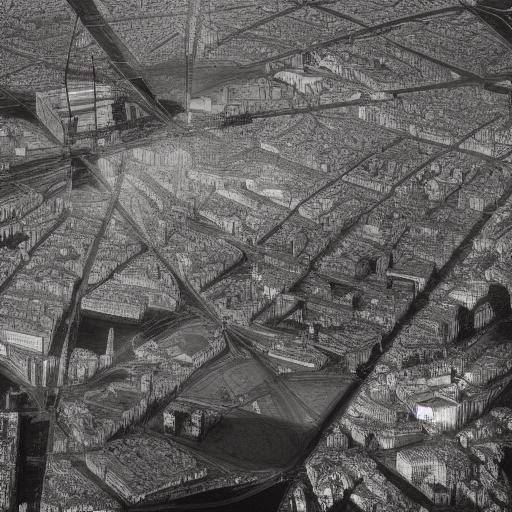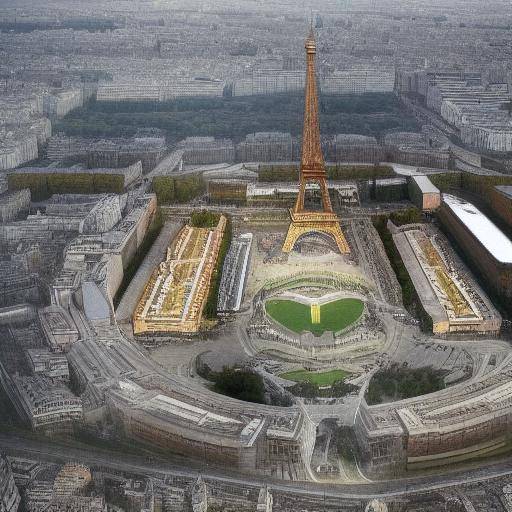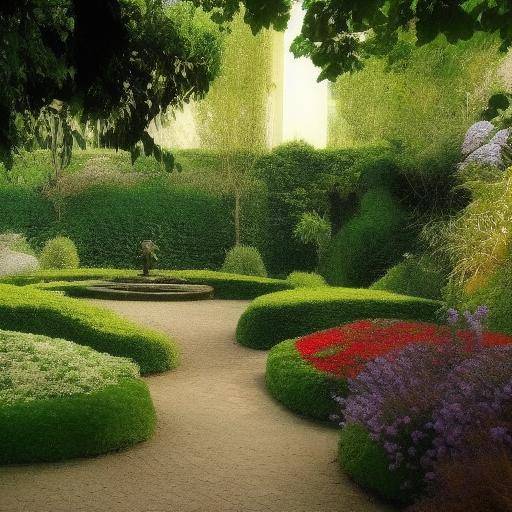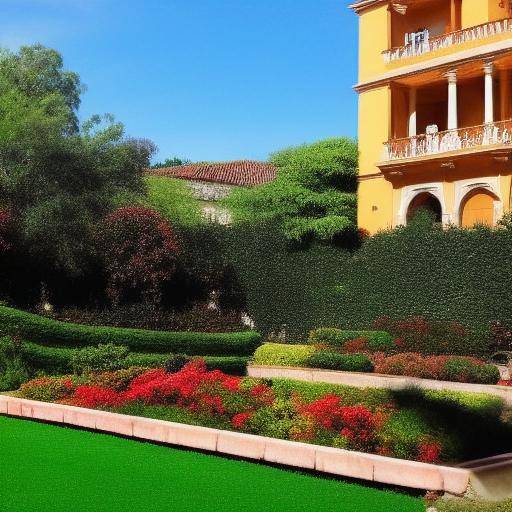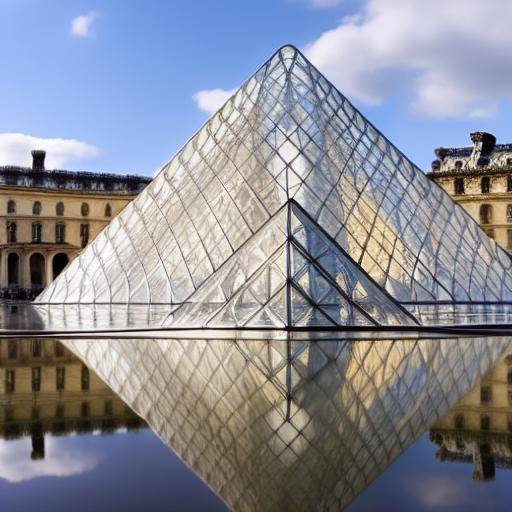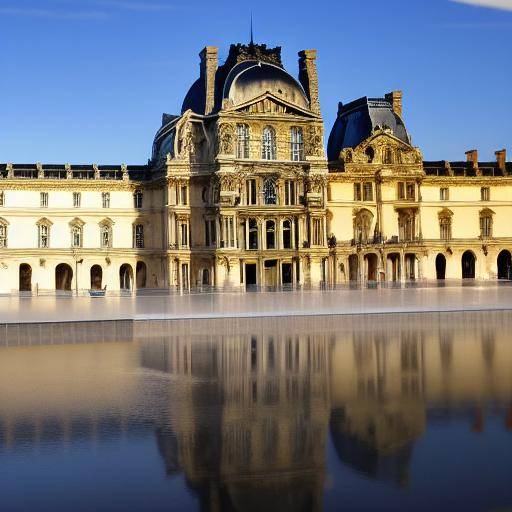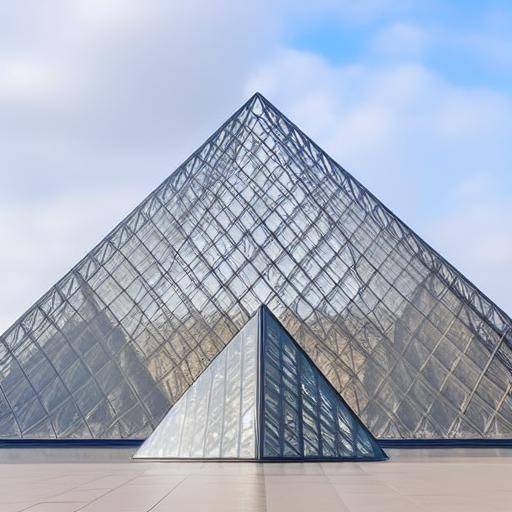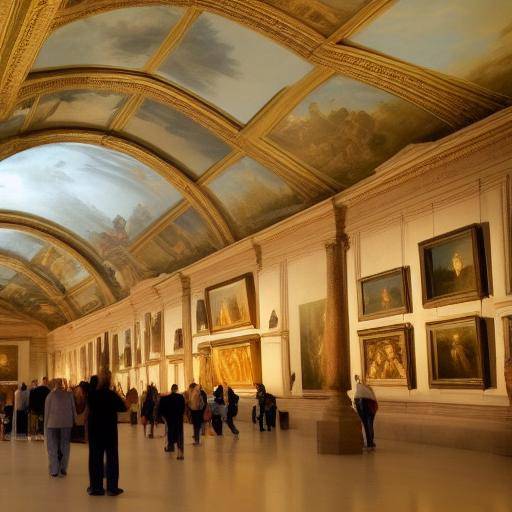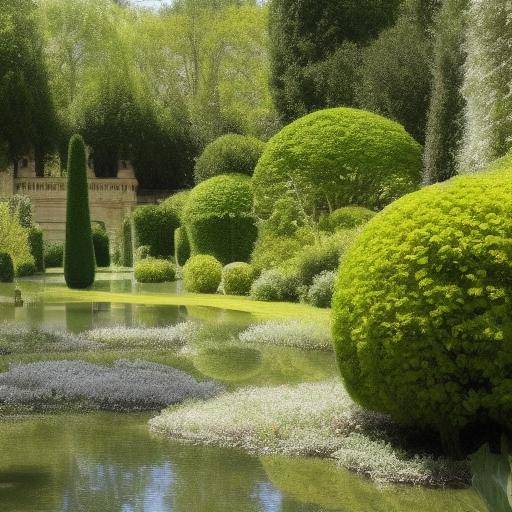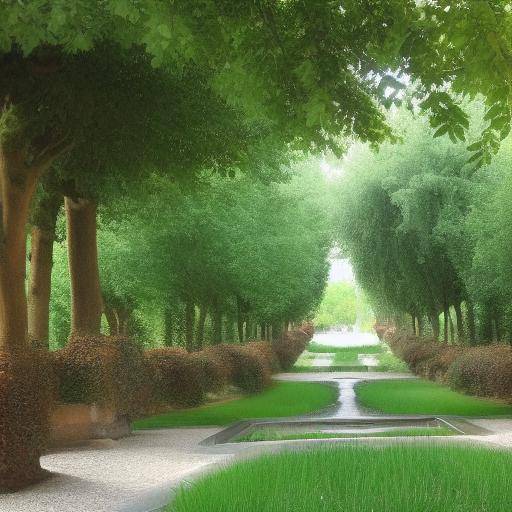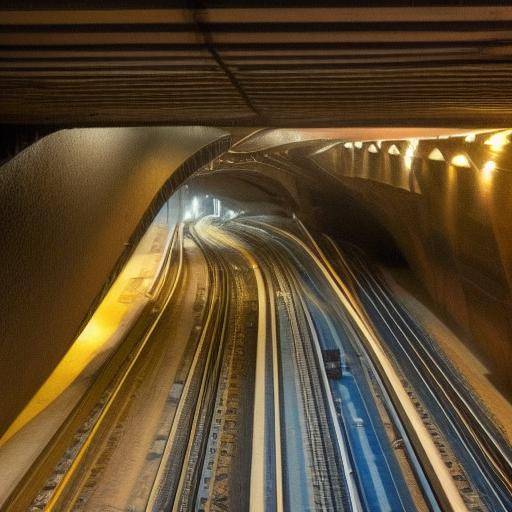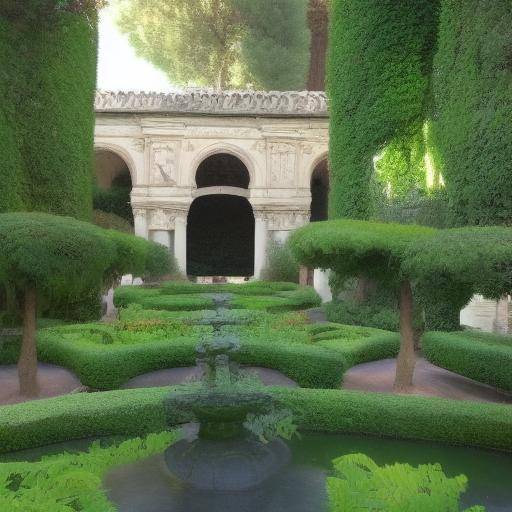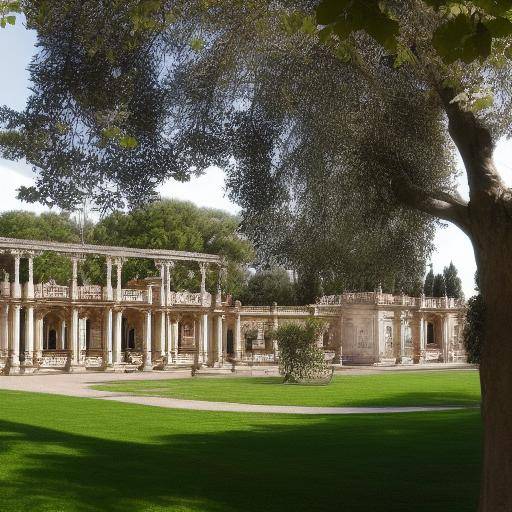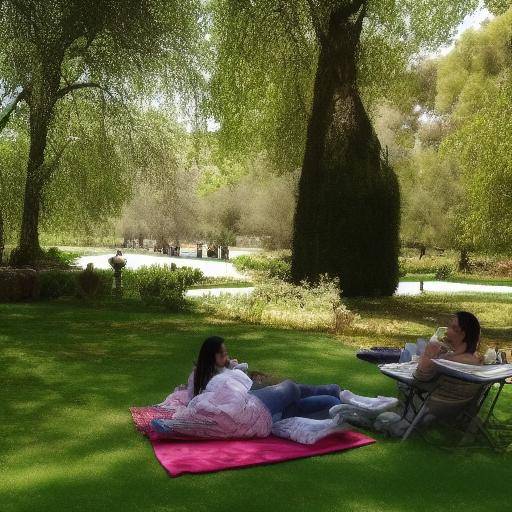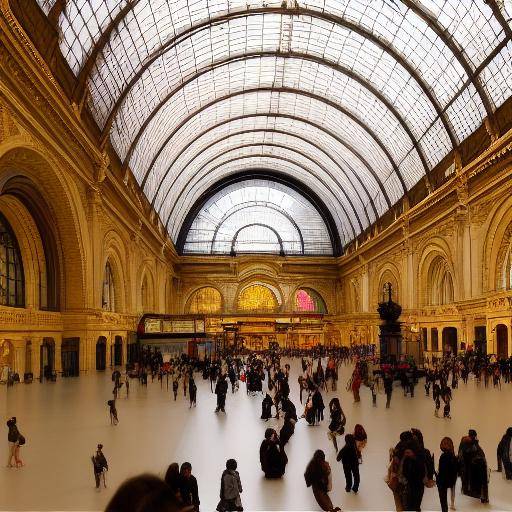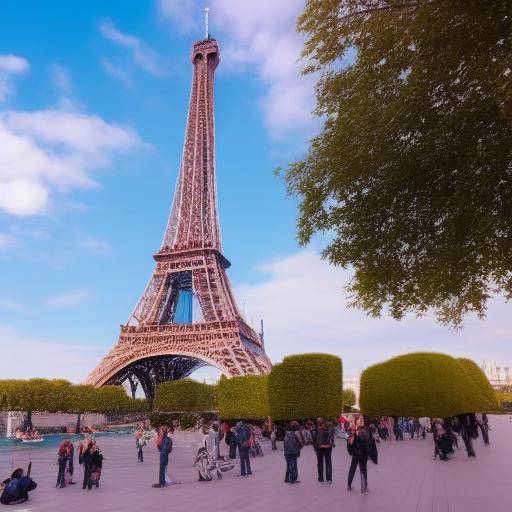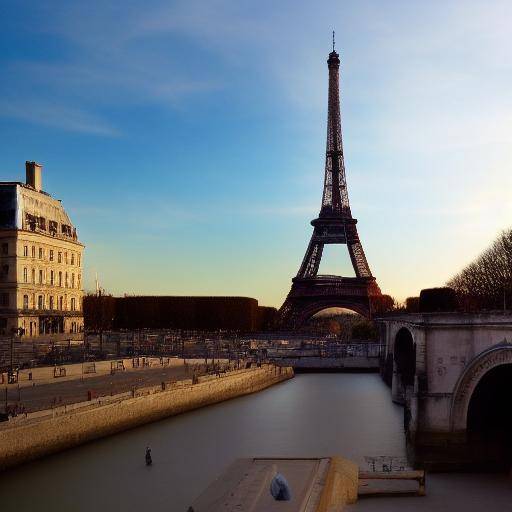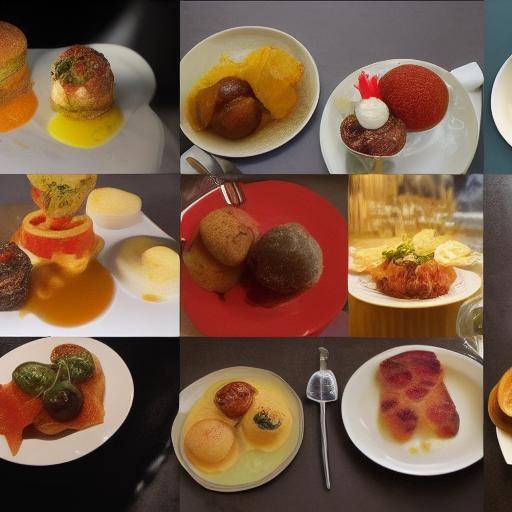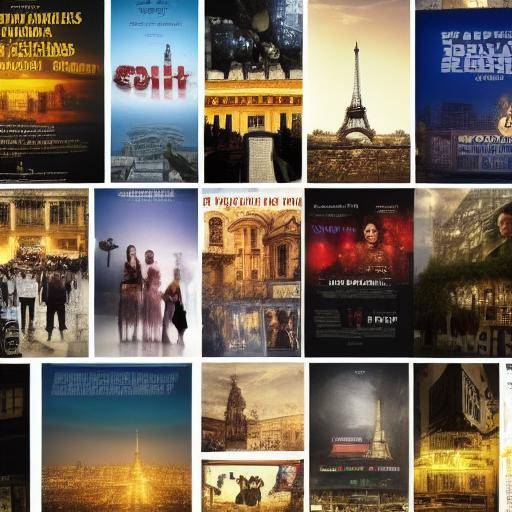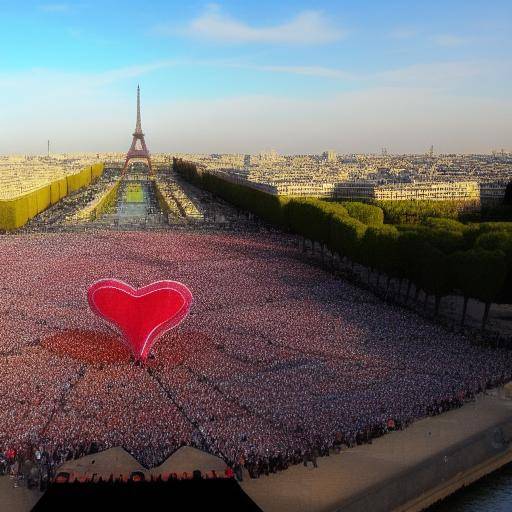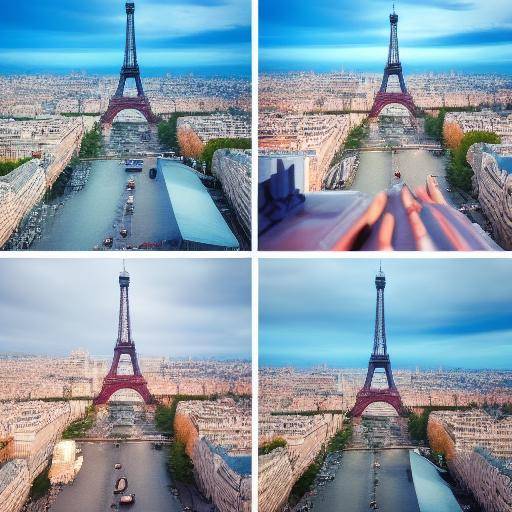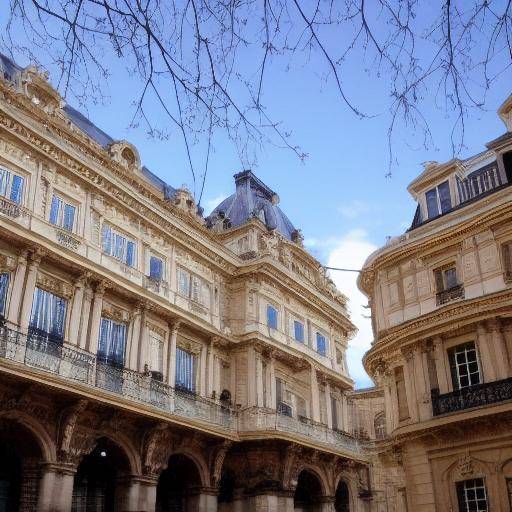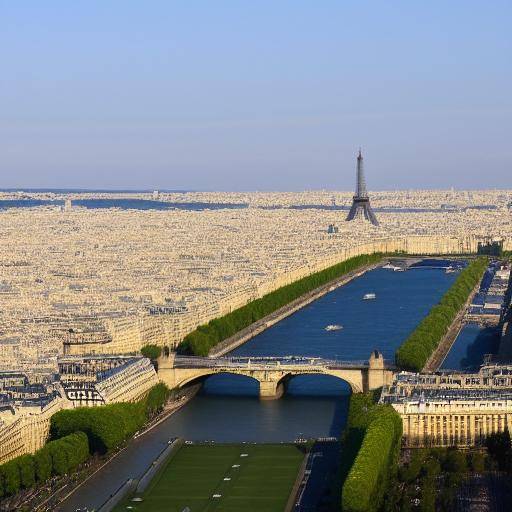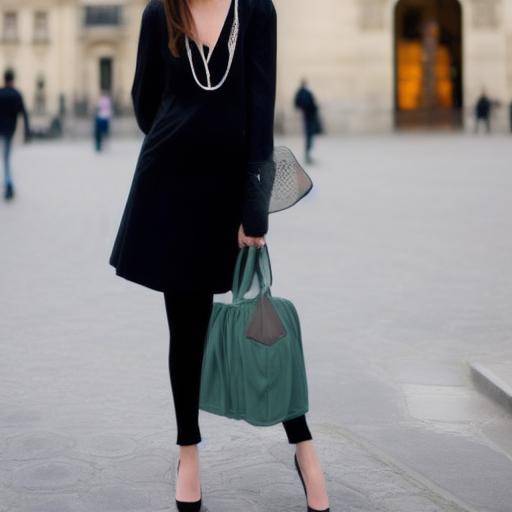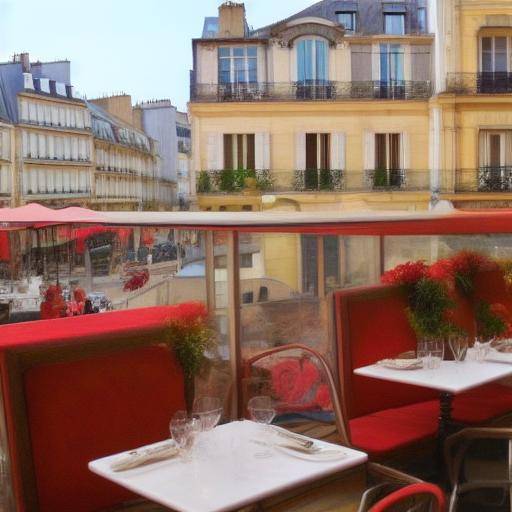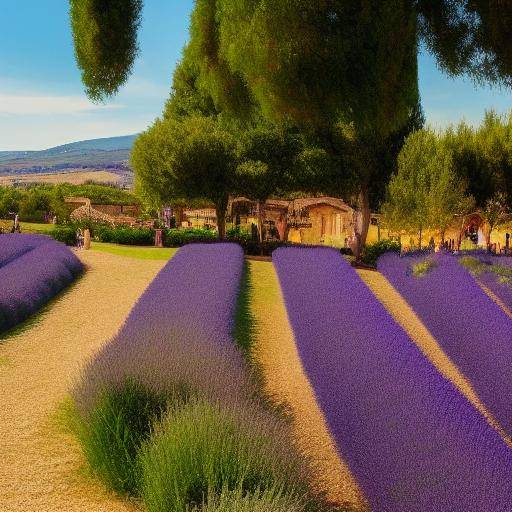
The Louvre Museum, located in Paris, France, is one of the most famous and visited museums in the world. With an impressive collection ranging from Antiquity to the nineteenth century, this magnificent museum is a cultural treasure that attracts millions of visitors every year. In this article, we will explore the history, art and cultural wealth that lie in each of its rooms, as well as the relationship that this Parisian icon has with the city and the country that houses it. Get ready for a journey through the centuries and discover the magic of the Louvre!
Introduction
The Louvre Museum, with its imposing facade and vast artistic treasures, is much more than just a museum. It is a testament to creativity and human ability throughout history. From the masterpieces of the Italian Renaissance to ancient artifacts of lost civilizations, the Louvre is a crucible of culture, art and history. In this article, we will explore in detail the rich history and vast heritage that it has. In addition, we will discover the unique relationship that the Louvre has with the beautiful city of Paris and the country of France. Get ready for an immersive journey through the Louvre and beyond!
History and Background
The Louvre has its roots in the Middle Ages, when it was built as a fortress to protect the city of Paris. Over time, he transformed his function and became a royal palace. However, it was during the French Revolution that the Louvre became a public museum, with the aim of exhibiting national collections and promoting access to culture for all. Since then, the museum has experienced significant expansion, both in its physical size and in its collection.
The Louvre houses countless treasures, from sculptures and iconic paintings such as the Mona Lisa of Leonardo da Vinci, to historical artifacts of ancient cultures around the world. With every room we explore, we immerse ourselves in a different time, discovering treasures that narrate the history of humanity.
Deep analysis
The Louvre is not only a testimony of human creativity, but also a reflection of the evolution of society and culture over the centuries. The preservation and display of these masterpieces poses unique challenges in terms of conservation and accessibility, as well as opportunities to expand knowledge about art and history.
Today, the Louvre faces the challenge of balancing the preservation of its artifacts with the growing demand for visitors. The implementation of innovative technologies, such as increased reality, has opened up new possibilities to improve the visitor's experience without compromising the integrity of the works of art. This approach in adapting to modern demands, while preserving the historical essence of the museum, reflects the continued relevance and vitality of the Louvre in the 21st century.
Exhaustive examination
By comparing the Louvre with other world-renowned museums, such as the Hermitage in St. Petersburg or the British Museum, we can appreciate the different approaches to the exhibition and preservation of art and history. Each museum has its unique features and significant contributions to the global cultural heritage narrative.
Comparative analysis
The relationship between the Louvre, Paris and France is intrinsic and deeply intertwined. The museum is not only an important tourist destination, but it has also become a symbol of the cultural identity of Paris and France. The presence of the Louvre has shaped the cultural and tourist landscape of Paris, attracting visitors from around the world and enriching the experience of those who travel through its streets. Meanwhile, France has used the Louvre as a tool to promote cultural dialogue and international diplomacy by providing masterpieces for exhibitions in different countries, strengthening ties and promoting cultural exchange.
Practical Tips and Recommendations
If you have the opportunity to visit the Louvre, here are some practical tips to make the most of your experience:
- Plan your visit in advance to avoid long rows.
- It uses an audioguide to gain a deeper understanding of the works of art.
- Do not miss the less crowded sections of the museum, where you can discover less well-known jewels.
- Take your time to absorb the beauty and history that surrounds you.
Vision of Industry and Opinions of Experts
Experts in the field of art and history recognize the fundamental role played by the Louvre in the preservation and dissemination of cultural heritage. Its ability to attract and captivate a global audience is a testimony to its importance in the global cultural scene.
Case Studies and Practical Applications
The impact of the Louvre transcends the walls of the museum, influencing fields as diverse as tourism, education and cultural diplomacy. The detailed study of the management and promotion of the Louvre offers valuable lessons and unique perspectives for those interested in cultural management and tourism.
Future Trends and Predictions
As the world evolves, the Louvre will continue to adapt and expand its scope to maintain its relevance on the global stage. The integration of innovative technologies and dynamic approaches to the presentation of works of art will ensure that the Louvre remains a cultural beacon for future generations.
Conclusion
The Louvre Museum encapsulates the essence of humanity through art, history and culture. From its humble beginnings as a medieval fortress to its transformation into a global cultural icon, the Louvre has forged a legacy that transcends borders and eras. The symbiotic relationship between the Louvre, Paris and France is a testimony to its lasting impact on world culture. As we go through its corridors, we immerse ourselves in a journey through creativity and human realization.
Frequently asked questions
What is the most famous work in the Louvre?
The Mona Lisa of Leonardo da Vinci is undoubtedly one of the most famous works of the Louvre. However, the museum houses countless masterpieces that deserve attention, such as the Venus of Milo and the Victory of Samotracia.
What other attractions near the Louvre can I visit?
The Louvre is located in the heart of Paris, so you can explore the Palace of Versailles, the Cathedral of Notre Dame, or just stroll through the picturesque Parisian Boulevards.
What security measures does the Louvre implement to protect its works?
The museum has advanced safety systems and rigorous conservation standards to ensure the integrity of its collection.
What is the best time to visit the Louvre?
The low season, like autumn or spring, is usually the best time to visit the Louvre and avoid crowds.
How can I access tickets for the Louvre?
You can purchase your tickets online through the official website of the museum or at the Louvre ticket offices.
Does the Louvre offer guided tours in Spanish?
Yes, the Louvre offers guided tours in several languages, including Spanish, to provide visitors with an enriching and educational experience.
Conclusion
The Louvre Museum is much more than a deposit of art and antiquities; it is a living testimony of human creativity over the centuries. His influence in Paris and France goes beyond the cultural sphere. The Louvre is a beacon of knowledge, inspiration and diversity, which continues to amaze those who visit it. Dive into the greatness of the Louvre and get carried away by the lamagia of art, history and culture in each of its rooms. Welcome to an unforgettable journey through the Louvre treasures, an incomparable jewel in the heart of Paris and France!

